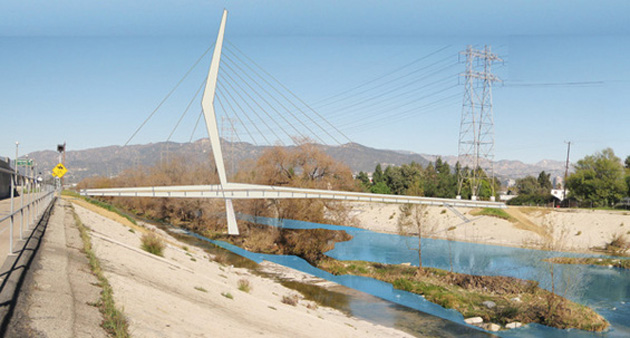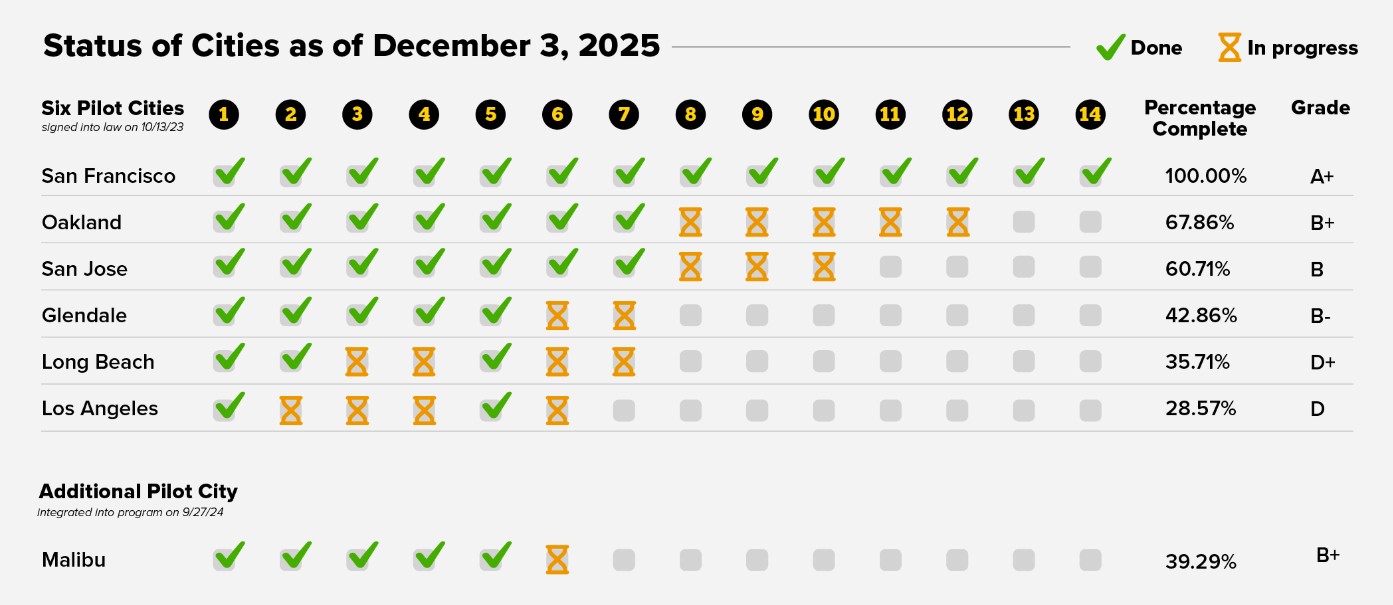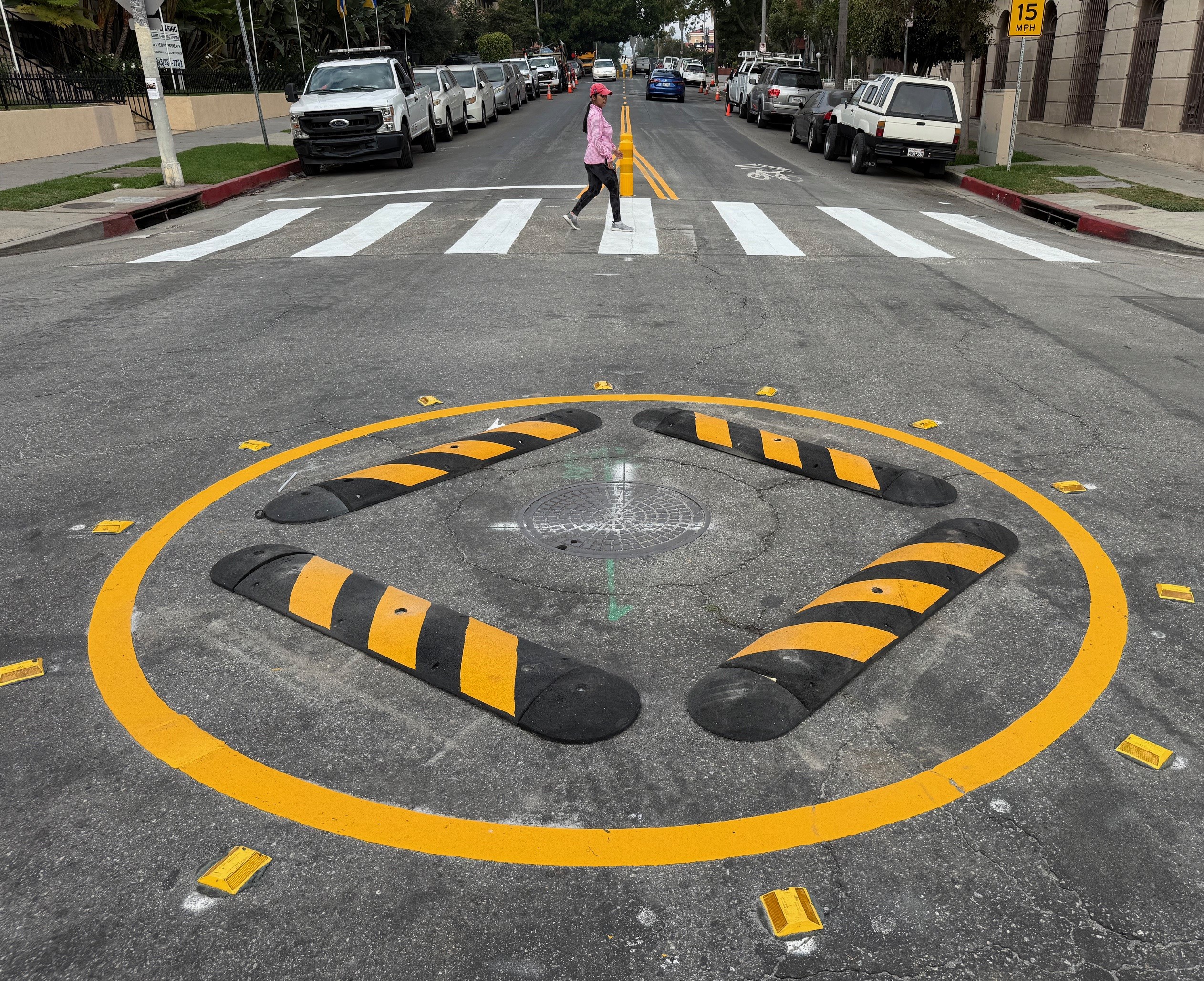
The California Transportation Commission has released a list of recommended projects that could get funding from the state's Active Transportation Program. The ATP is a new statewide grant program that funds bicycle and pedestrian improvements throughout California. The list is expected to be approved by the full CTC at its August 20 meeting.
Under the ATP, the CTC is preparing to distribute $221 million for projects and programs in two categories: a statewide competition and a separate competition for small rural and urban projects. A third category of funds will be distributed later this year through the state's largest Metropolitan Planning Organizations (MPOs) (more on that below).
The $221 million for the first two categories will be matched by another $207 million in local matching funds, yielding a total of $426 million in bike and pedestrian projects that will get the green light in the first two-year funding round. The 145 successful applications include 124 statewide projects [PDF] and 21 small rural and urban projects [PDF].
Here are the types of projects that would be funded:
- $57 million in bike projects and plans
- $119 million for 91 Safe Routes to Schools grants, 81 in the statewide category and 13 in small urban/rural category. Of the 91, 53 include non-infrastructure programs
- 110 of the projects ($189 million worth) directly benefit disadvantaged communities at least partially
Not surprisingly, the ATP received for more applications than it was able to fund. After all, $207 million is a drop in the bucket compared to the billions available for state highways.
“There was a very high standard for the projects, and unfortunately there were a lot of good projects that just didn't get funded,” said Jeanie Ward-Waller of Safe Routes to Schools National Partnership, which has been active in educating jurisdictions about funding criteria and how to apply. "There just wasn't enough money to go around."
After a quick perusal of the list, we did not see very many of the bike and pedestrian projects L.A. Metro withdrew funds from last spring, but they could still receive funding through the ATP regional categories.
Under that program, $147 million will be distributed among the nine largest California MPOs: Bay Area, Fresno, Sacramento, San Diego, Southern California, San Jose, Stanislaus, Tulare, and Kern regions. The MPOs are required to submit their project funding requests to Caltrans by November. Many of the projects that did not make this first list could still be funded regionally, if they meet the criteria of their MPO and are chosen for the regional list.
Meanwhile, the ATP guidelines are due to be revised next spring, and the revision process will start with a series of public workshops this fall.






